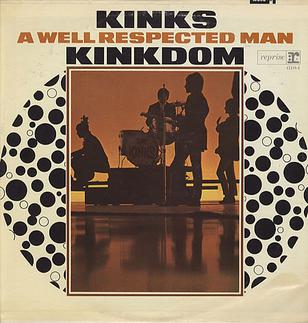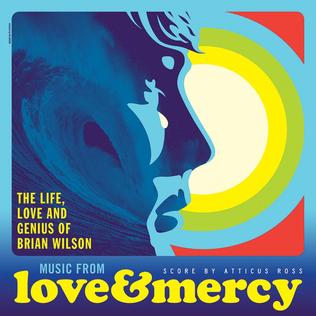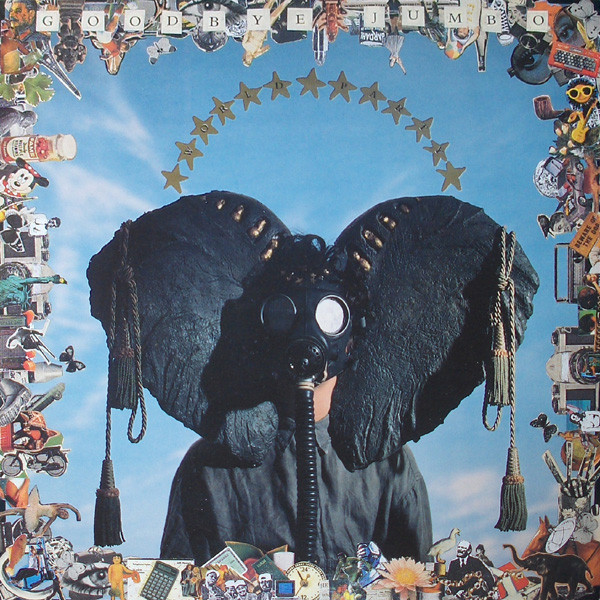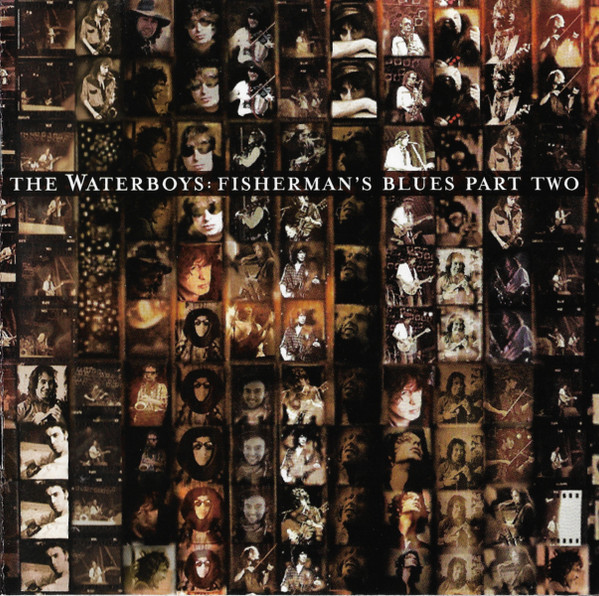Considering that their singles were increasingly improving, the album is comparatively strong. “A Well Respected Man” is notable for being the first Ray Davies song that addressed society and class, changing his voice as required, giving him a template to fill out for years to come. “See My Friends” was especially daring for the time, with a raga influence months ahead of “Norwegian Wood” and a lyric lamenting death disguised as love lost. “Who’ll Be The Next In Line” was one of the times Reprise got it right, making this British B-side the A-side here. A masterpiece of sloppy chord blocking, “I Need You” leaves the Stones as the only major British Invasion band that didn’t release a song of that title.
They’d already recorded and released several songs that sounded like each other, but “Never Met A Girl Like You Before” blatantly begins with a quote from “Tired Of Waiting For You” before turning into a simple dance number complete with a dotty toy piano instrumental section. (While we’re at it, “Such A Shame” sports accents played better on “Set Me Free”.) “Wait Till The Summer Comes Along” is a cool strum for Dave to sing, and he does well, while “Naggin’ Woman” shows him to be one of the least convincing bluesmen ever to play the Crawdaddy Club. “Don't You Fret” shows longing for home and hearth before and after a single-chord jam, showing their skill in the studio—in hindsight, interesting to compare to the simplicity of “It's Alright”, the B-side of “You Really Got Me” included here.
For all of its flaws, Kinkdom put some of the Kinks’ newer, better songs in one place, more or less catching up both sides of the pond. Going forward, all their albums would be identical, a level neither the Beatles, Stones nor Who would achieve for some time.
The Kinks Kinkdom (1965)—3
Current CD equivalent: Kinks and Kinda Kinks










